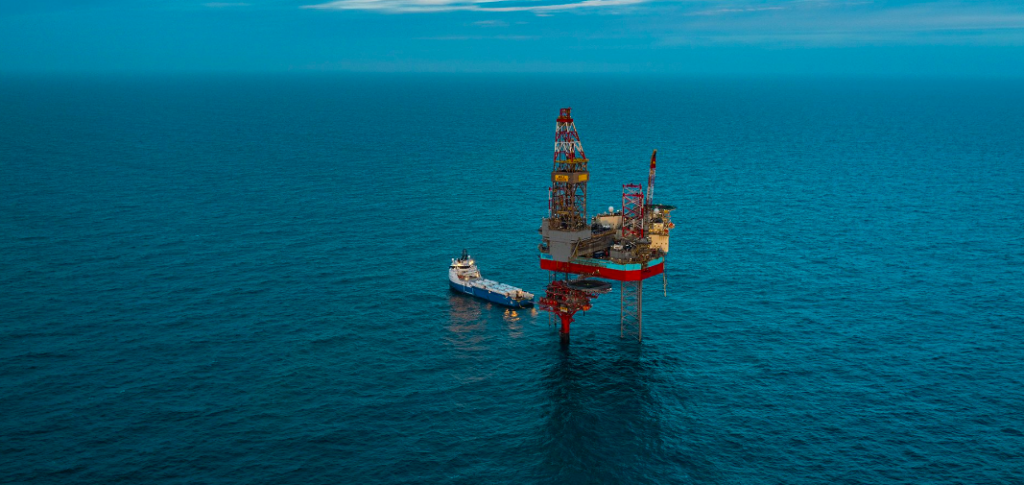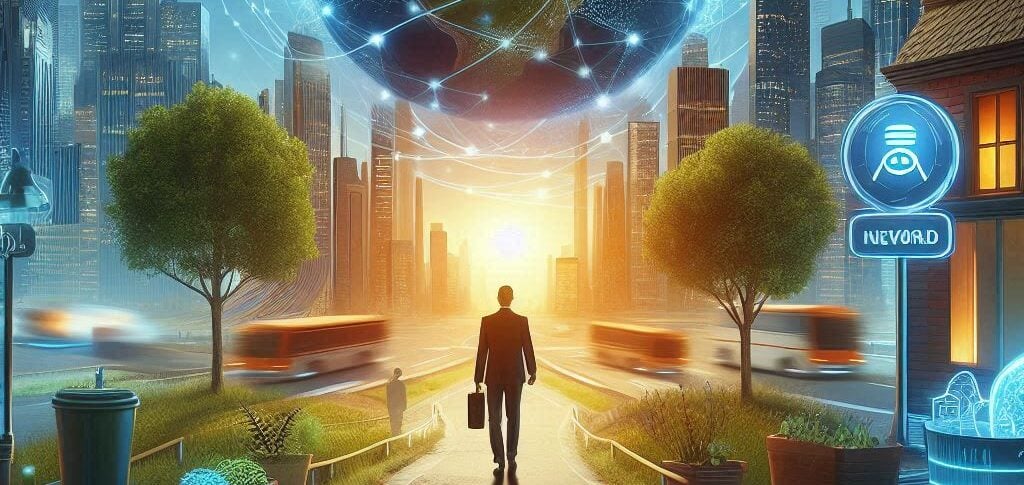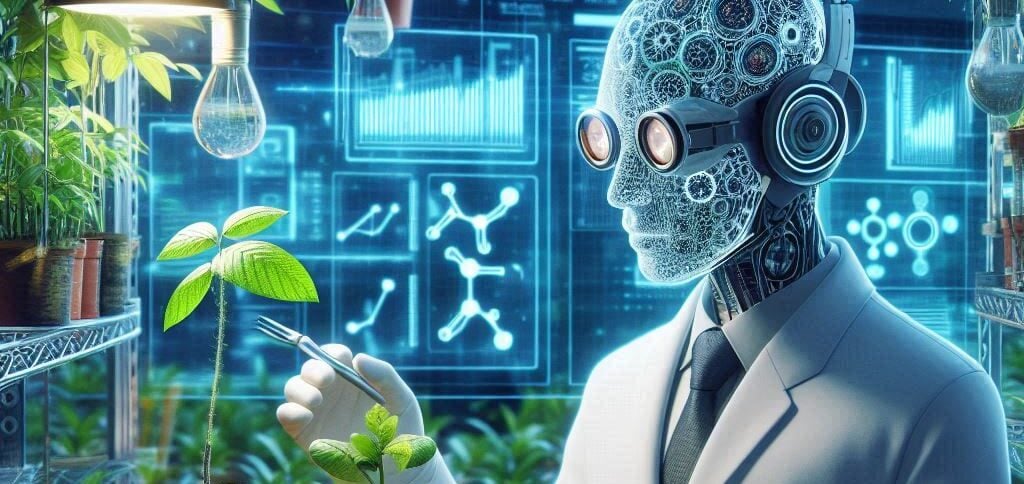“Today we begin a new green chapter for the North Sea”, celebrated Prince Frederik, as he began the phase pilotthat of the project in Esbjerg (southwest of the country). Paradoxically, the site is a former oil reserve that contributed to emissions.
ADVERTISING
The project "Greensand“, coordinated by the British chemical multinational Ineos and the German energy company Wintershall Dea, will allow storing up to eight million tons of CO2 per year by 2030.
The technique of carbon capture and storage (CCS) used in the Danish initiative has been tested around the world and, currently, there are more than 200 projects in operation or under development.
The project’s difference Greensand is that, unlike existing sites that capture CO2 from neighboring industrial facilities, it uses carbon received from long distances.
ADVERTISING
“It is a European achievement in terms of cross-border cooperation: CO2 is captured in Belgium and very soon in Germany, loaded onto ships in the (Belgian) port of Antwerp,” said European Commission President Ursula von der Leyen.
In practice, the gas is transported by sea to the Nini West platform in Norway and transferred to a reservoir 1,8 km deep.
For the Danish authorities, who aspire to implement zero carbon by 2045, it is an “indispensable instrument in our climate toolbox”.
ADVERTISING
The resources of the North Sea
O North Sea It is a suitable region for landfilling, as it has many oil pipelines and geological reservoirs that have been left empty after decades of oil and gas production.
“Depleted oil and gas fields have many advantages because they are well documented and infrastructure already exists that can probably be reused,” says Morten Jeppesen, director of the Center for Marine Technologies at the Danish University of Technology.
Near the Greensand, the French giant Total Energy will explore the possibility of landing at the bottom of the sea, at a depth of more than two kilometers, around five million tons of CO2 per year by 2030.
ADVERTISING
Norway, a pioneer in CAC, will also receive tons of this liquefied gas from Europe in the coming years. The main producer of hydrocarbons in Western Europe, the country also has the largest CO2 storage potential on the continent.
A viable solution
However, the amounts of CO2 that will be stored are still small compared to total emissions.
According to the European Environment Agency, the European Union emitted 3,7 billion tons of these gases in 2020, a low level as it was a year affected by the coronavirus pandemic.
ADVERTISING
Soon, the CAC, which was long seen as a technically complicated and expensive solution, is now seen as a necessary measure by both the Intergovernmental Panel on Climate Change (IPCC) and the International Energy Agency.
However, it is not free from adverse effects, as the energy-intensive CO2 capture and storage process emits the equivalent of 21% of the captured gas, according to Australian think tank IEEFA.
Furthermore, the technique also presents risks of leakage that could lead to catastrophic consequences, according to IEEFA.
“A CAC it should not be used to maintain the current level of CO2 production, but is necessary to limit CO2 in the atmosphere”, explained Jeppesen. “The cost of carbon storage needs to be reduced to become a lasting mitigation solution as the industry matures,” the scientist added.
However, the measure is not unanimous among environmental activists.
“It doesn’t solve the problem and prolongs harmful structures,” says Helene Hagel, energy director at Greenpeace Denmark.
For her, “the method does not change our mortal habits. If Denmark really wants to reduce emissions, it must worry about the sectors that produce a large part of them, that is, agriculture and transport”, she reinforced.
(To AFP)
Read also





